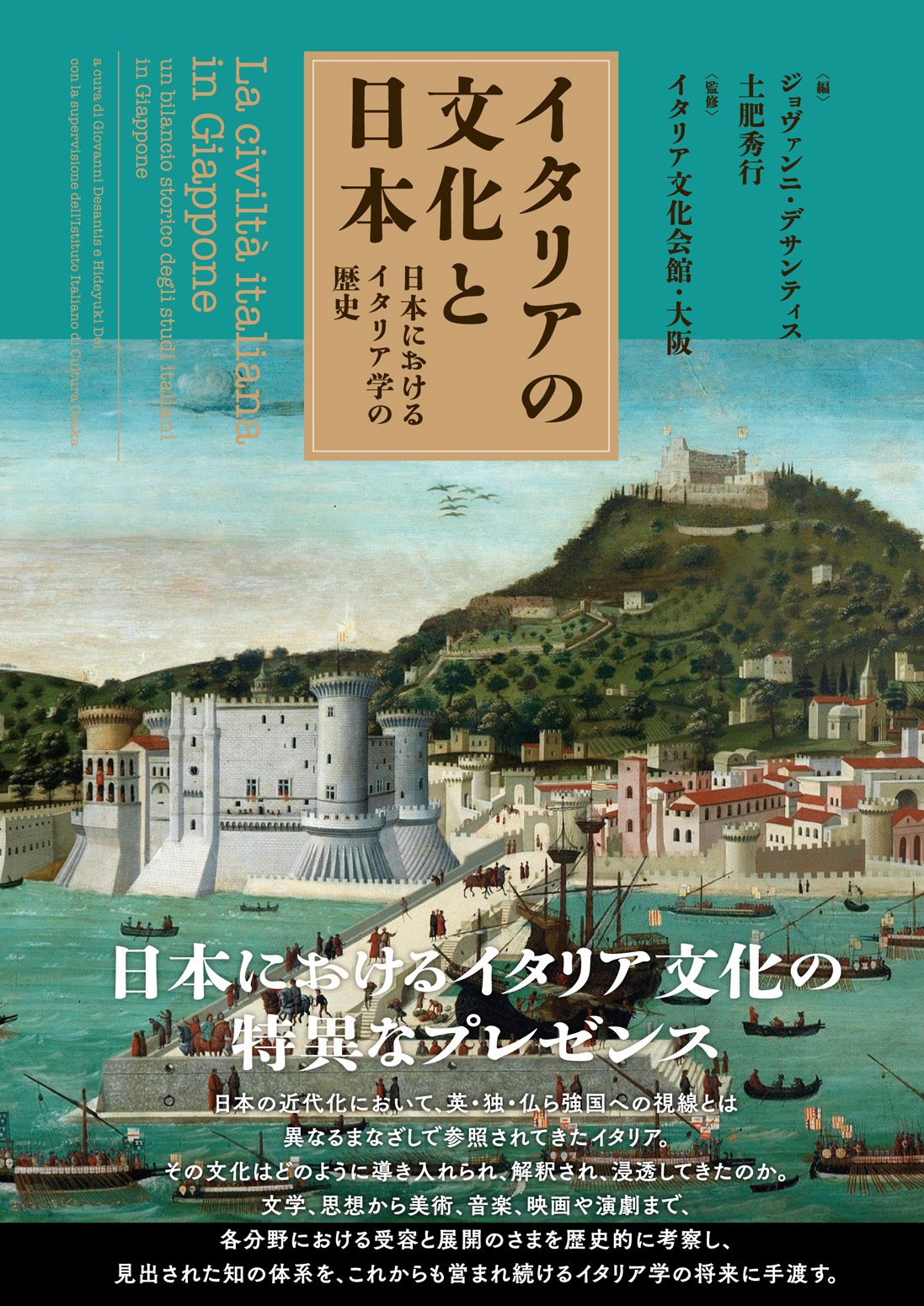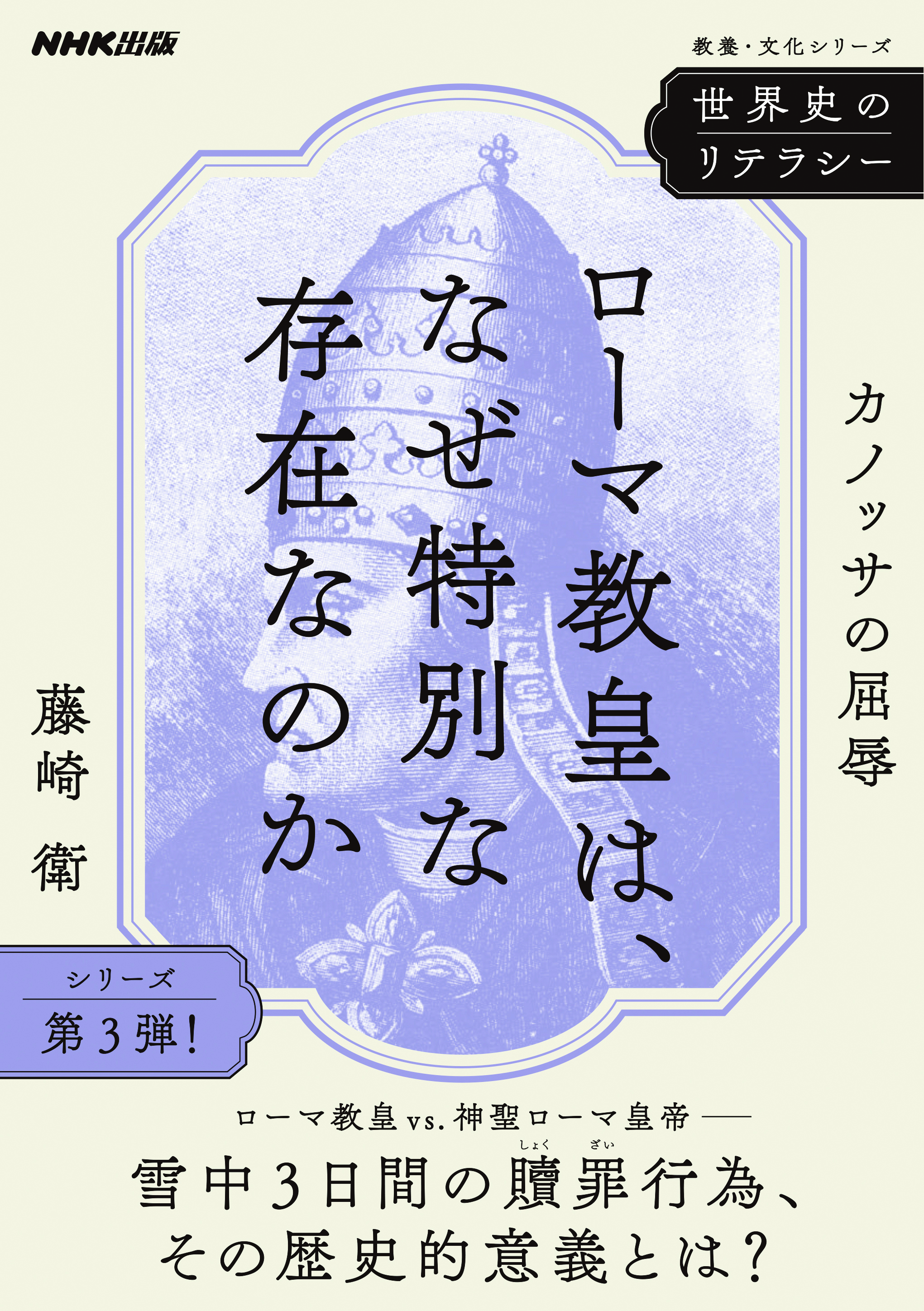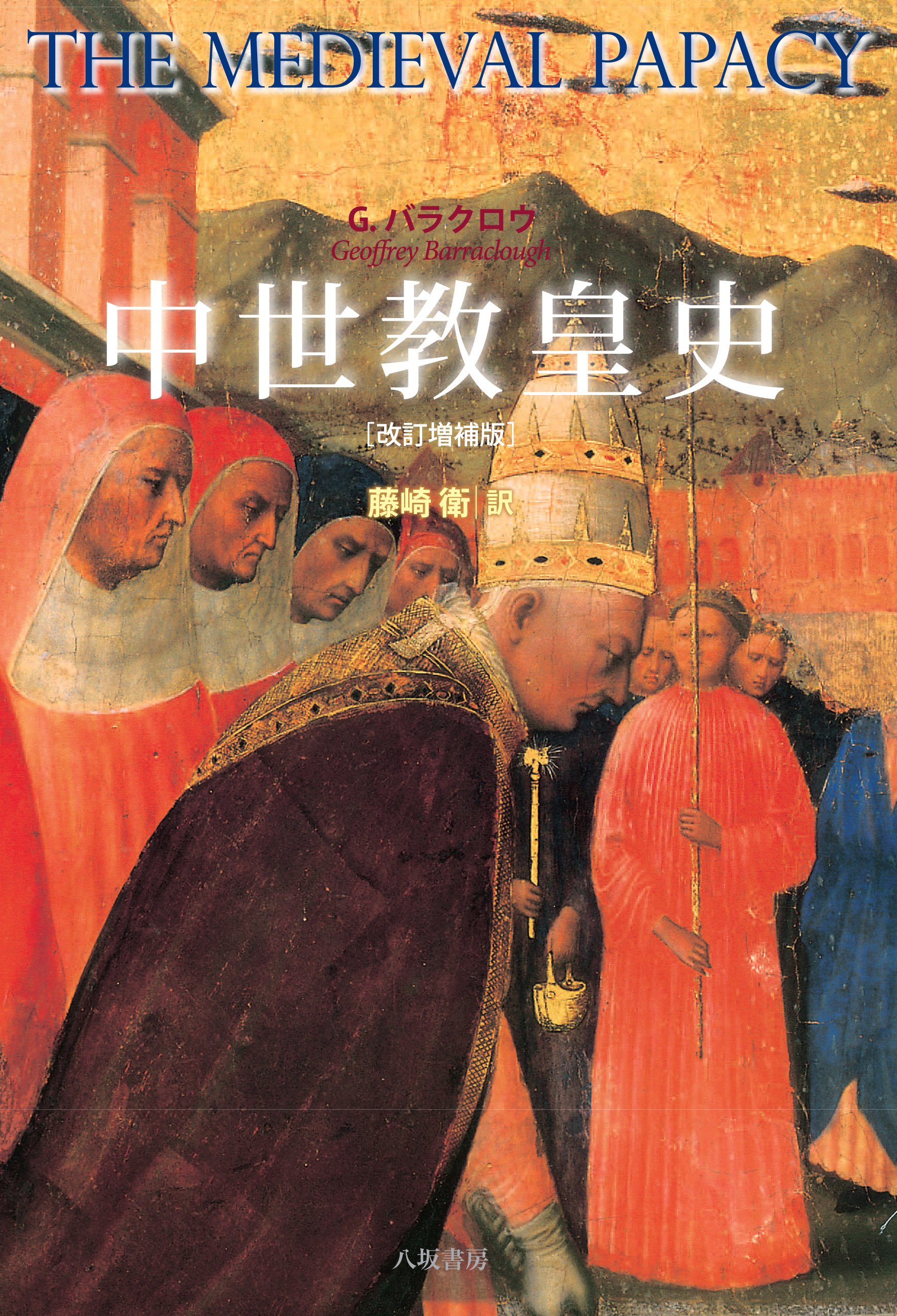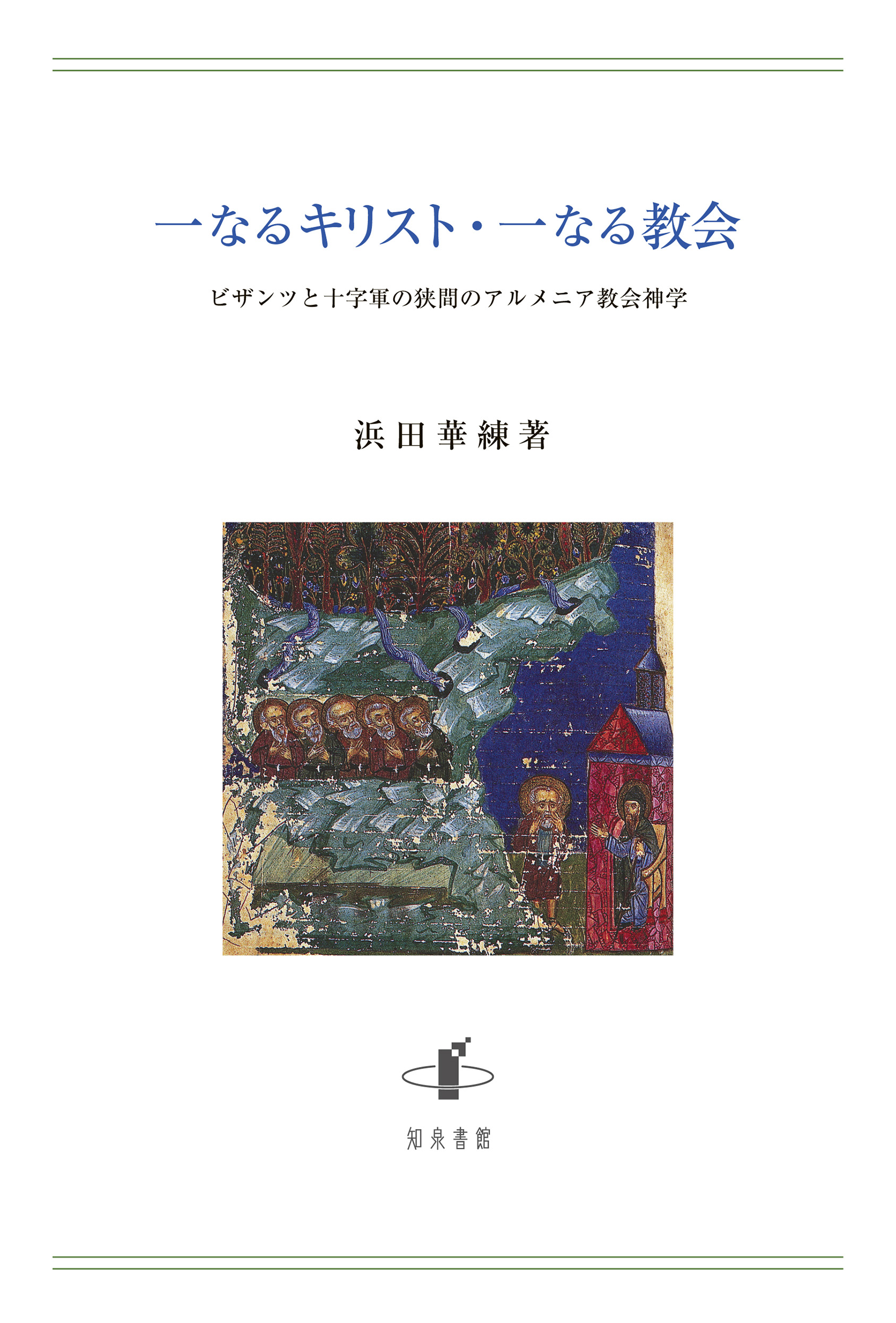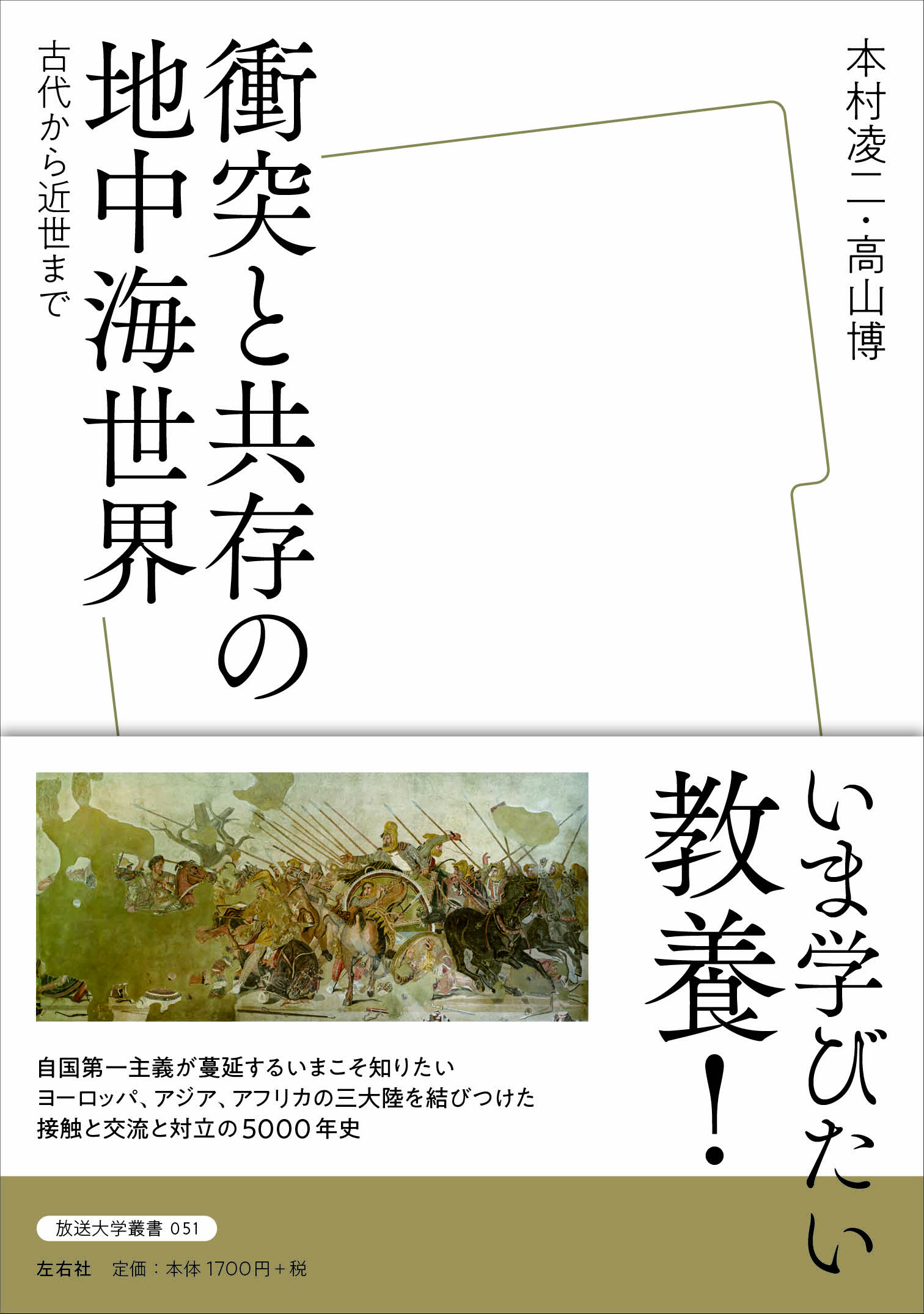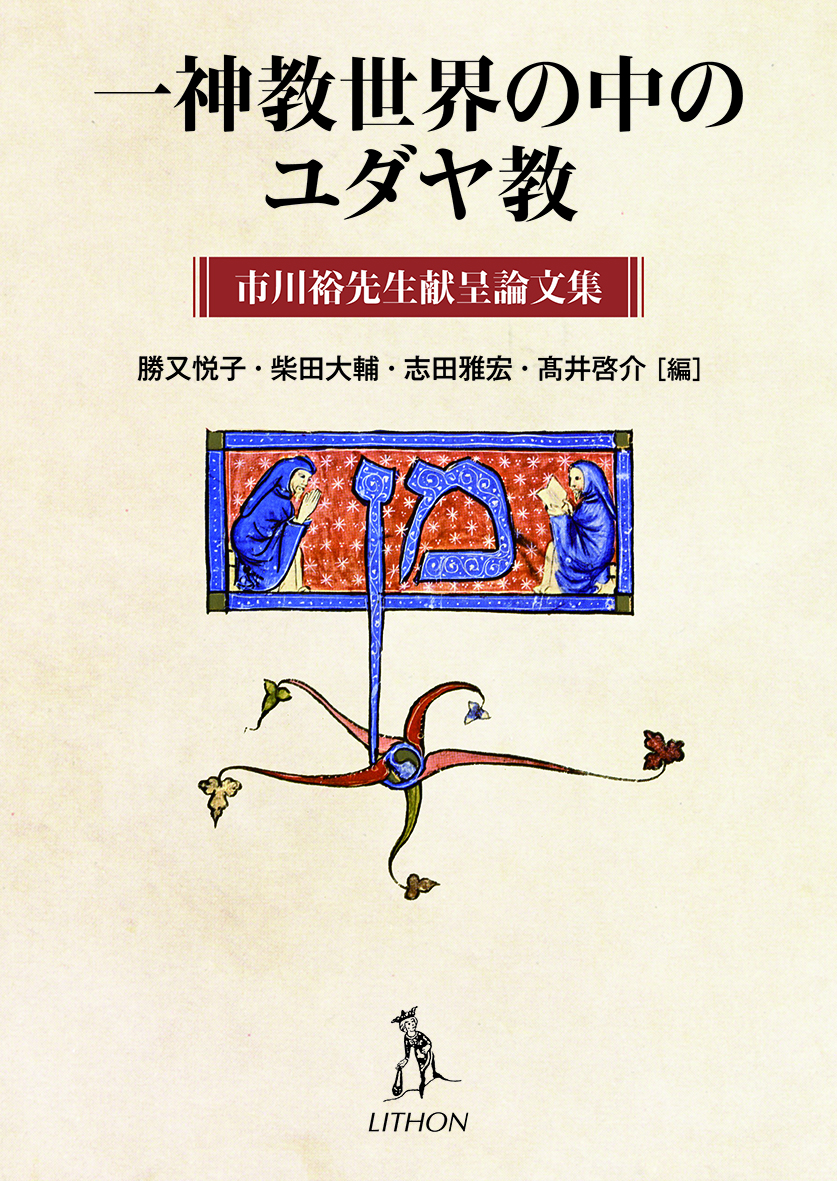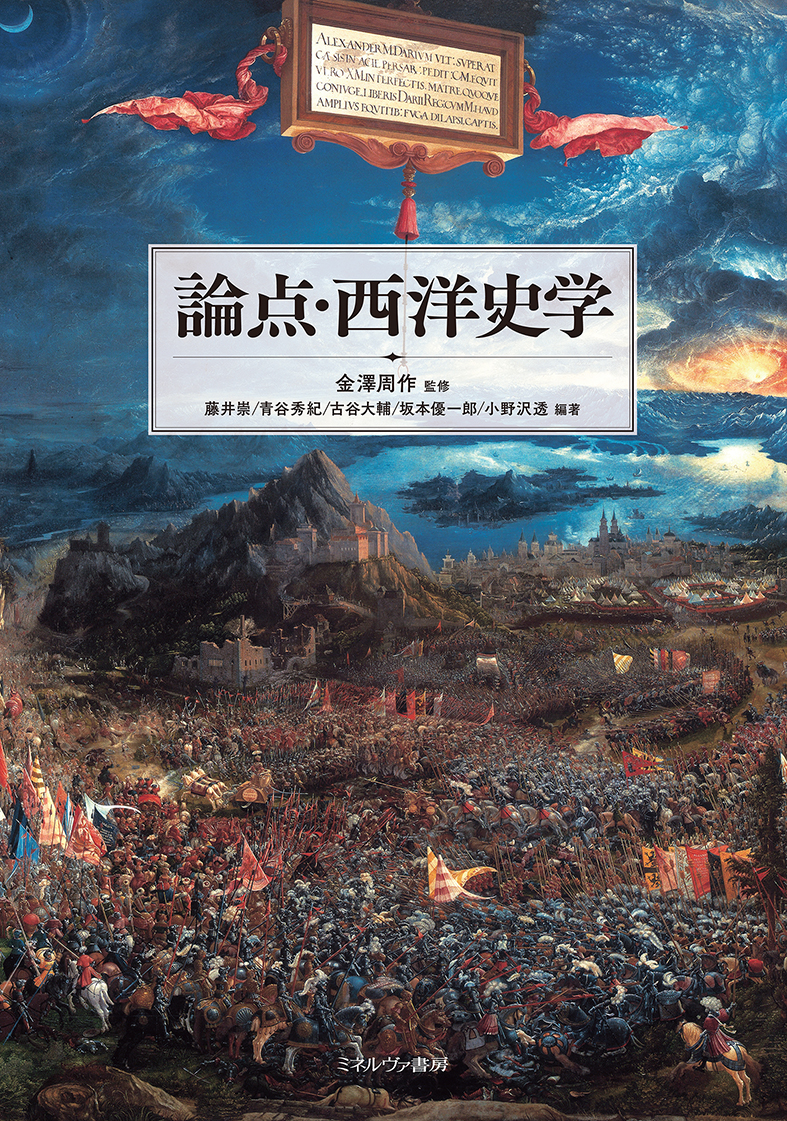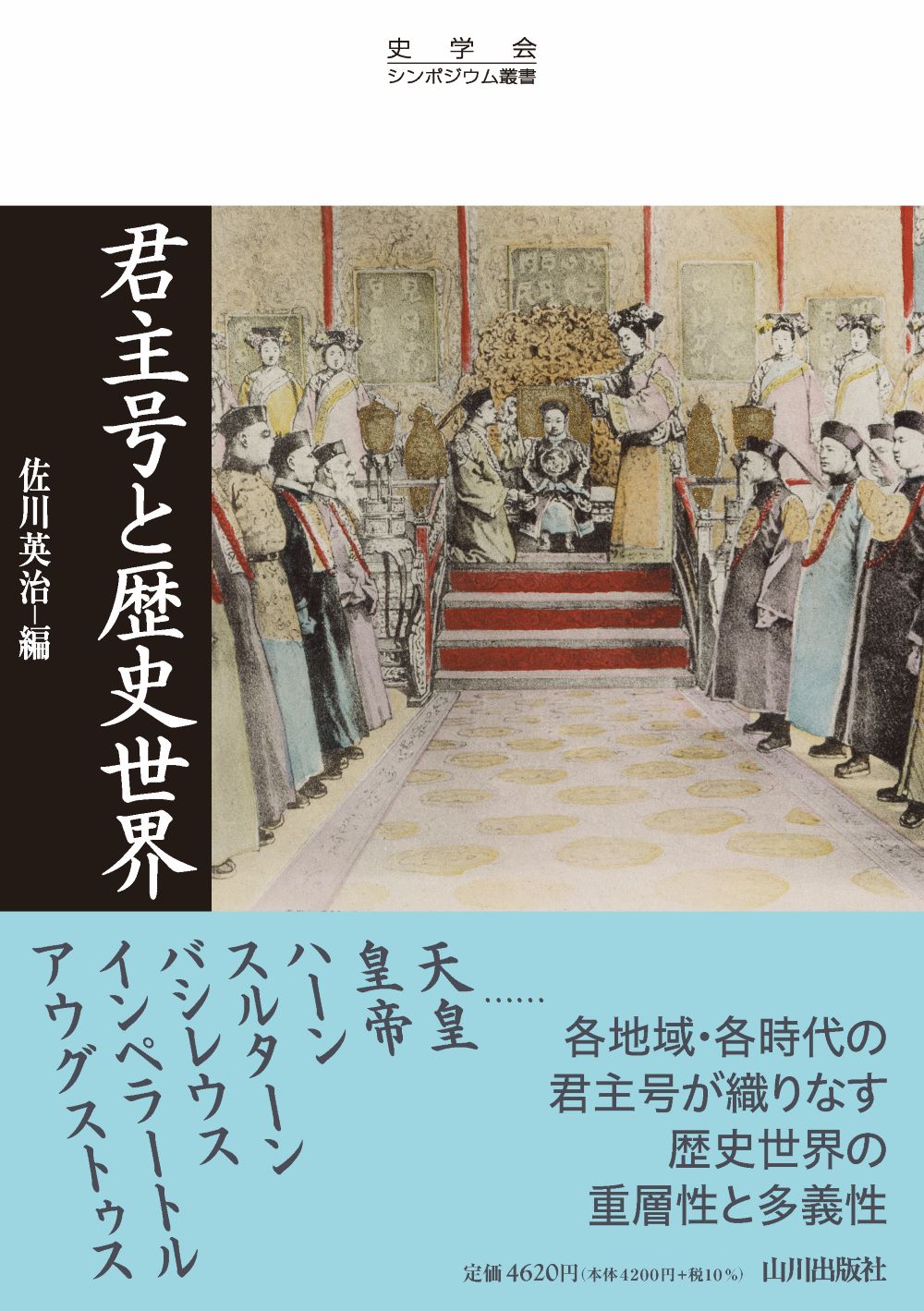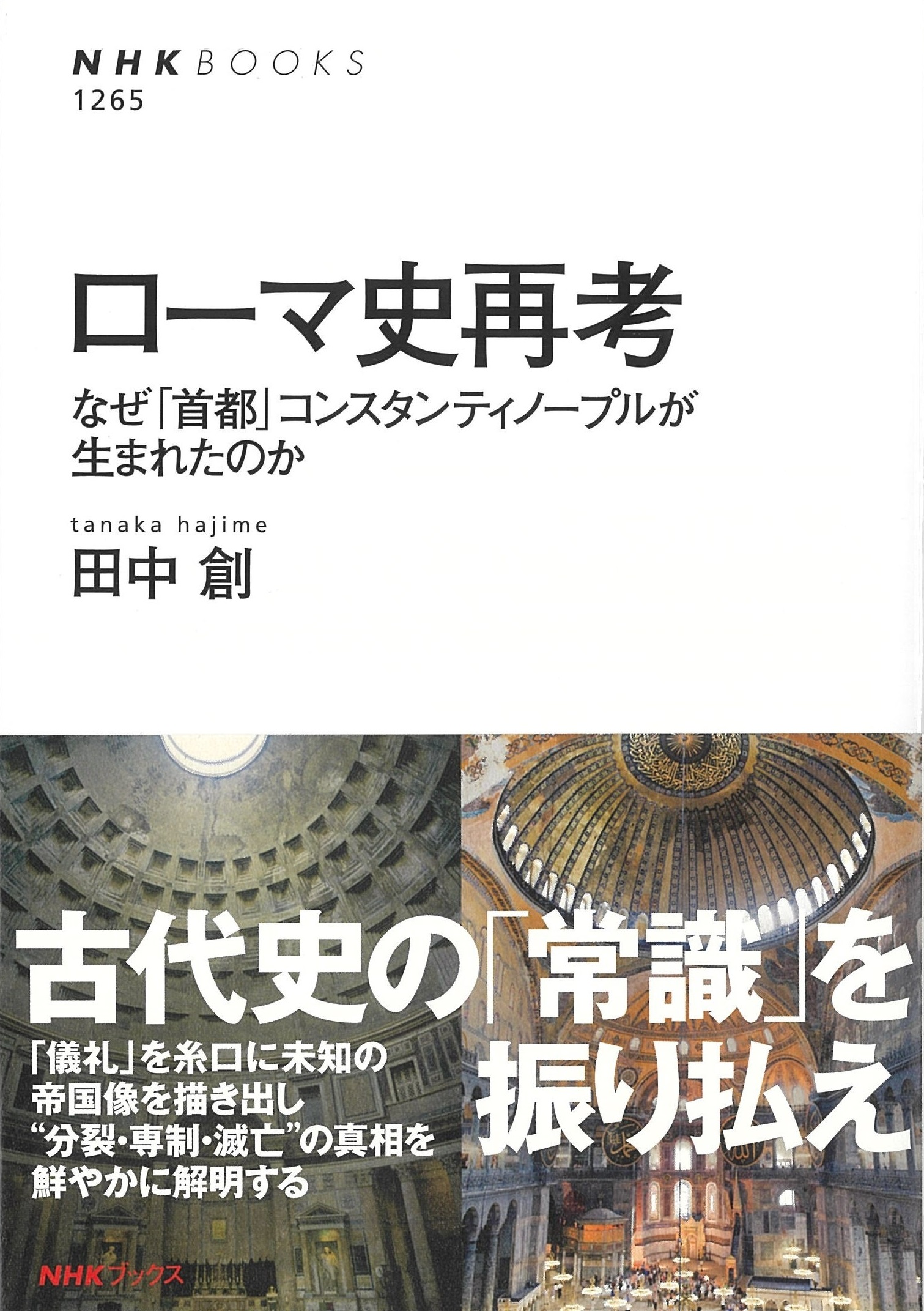
Title
NHK Books Roma-shi Saikou (The Foundation of New Rome - Constantinople in the Later Roman Empire)
Size
256 pages, B6 format
Language
Japanese
Released
August 27, 2020
ISBN
978-4-14-091265-2
Published by
NHK Shuppan
Book Info
See Book Availability at Library
Japanese Page
This book discusses the political development of Constantinople from the 4th to the 7th century. Constantinople was founded in 324 by Constantine the Great and came to call herself New Rome. Although ancient Roman history has often been addressed in terms of the city of Rome or Roman emperors, this book raises questions about Roman history and the nature of Rome. To answer these questions, this book presents six chapters that chronologically deal with the history of the new capital and many aspects of the center of the later Roman Empire.
Chapter One introduces readers to the later Roman Empire. Even during the early Empire (Principate) which was more peaceful, Roman emperors were forced to leave the city for military campaigns on the frontiers. This brought about a gradual decrease in the political importance of the city of Rome in the Empire. It was further aggravated by the crisis of the third century, which Emperor Diocletian solved by sharing responsibilities with his colleagues and multiplying the imperial courts. These political reforms were inherited by Constantine the Great, who established a new capital and court on the Bosporus.
Chapters Two and Three explore what circumstances made the new capital, Constantinople, necessary for later Roman emperors who had been constantly moving along the imperial frontiers. Though it has been emphasized among scholars that the Roman emperors after Theodosius I (379-395) fixed their residence at Constantinople to make it a real capital of the empire, the question of why Theodosius I could and did it in the late fourth century has been unanswered. The two chapters discuss this in terms of political stability, which was sought because of the vulnerability of the itinerary court, and elucidate how the senatorial policy of Constantius II (337-361) and the extensive building program under Valens (364-378) made it possible for Theodosius to establish a sedentary court.
This study provides a new perspective on the later Roman Empire, which integrated many cities around the Mediterranean through ritual performances. Chapters Four and Five investigate how the new government, which took root in the Bosporus, controlled the empire. Theodosius II (408-450), who has been regarded as an incompetent emperor, organized the ecclesiastical hierarchy through succeeding church councils and put under his thumb the Christian church, which was growing and inheriting old-established city autonomy. He also commanded the codification of Roman law and conquest of the Western Empire. These forebode Justinian in the next century. Constantinople apparently came to function as a place of consensus-making in the eastern Mediterranean world in the later fifth to sixth century, when the succession problems arose after the death of Theodosius II.
Chapter Six, which focuses on the reign of Justinian I (527-565), discusses the process of how the new Rome replaced the “collective memory” of the old Rome. The political rise of Constantinople meant not only the reconquest of the Western Empire but also the shift of the meaning of“Rome”. The epilogue sketches the political and military disturbances in the seventh century and depicts the new “Roman” empire after the military crisis.
This book is the first in Japanese to follow and explain Constantinople’s early political development and its effects on the Roman Empire.
(Written by TANAKA Hajime, Associate Professor, Graduate School of Arts and Sciences / 2023)



 Find a book
Find a book


